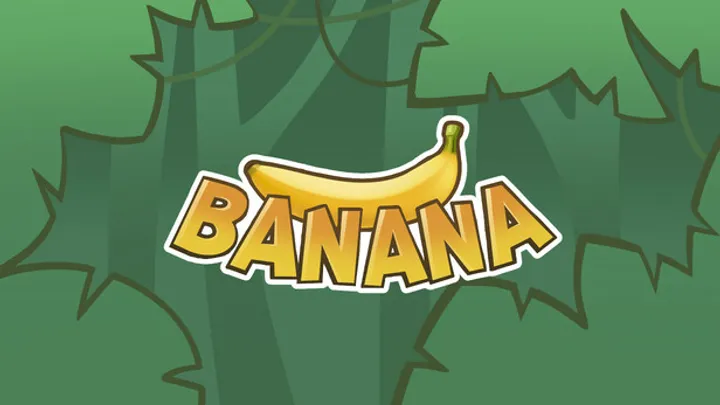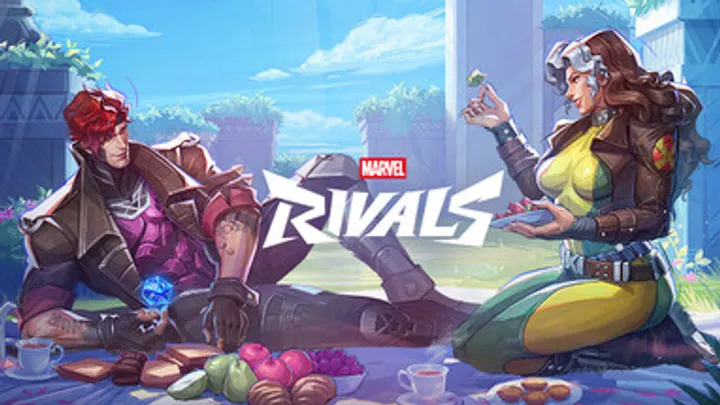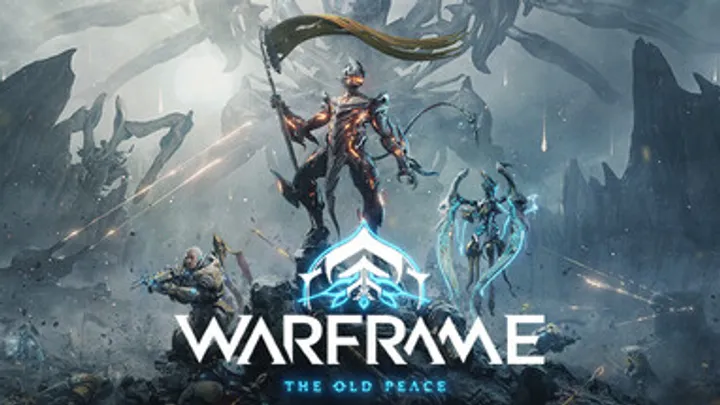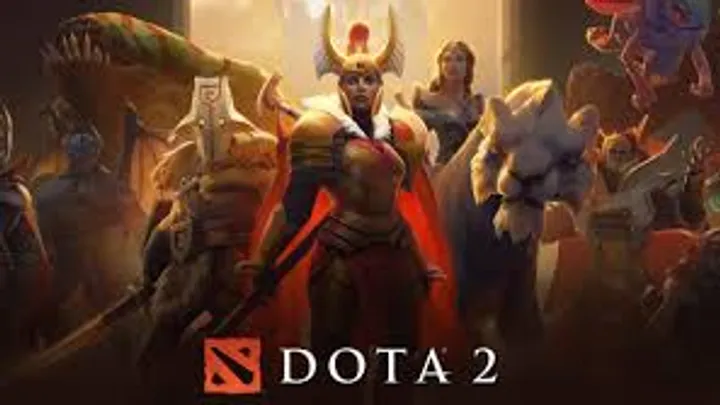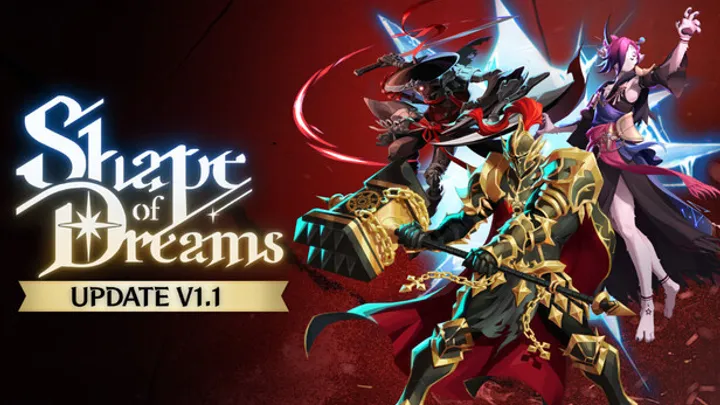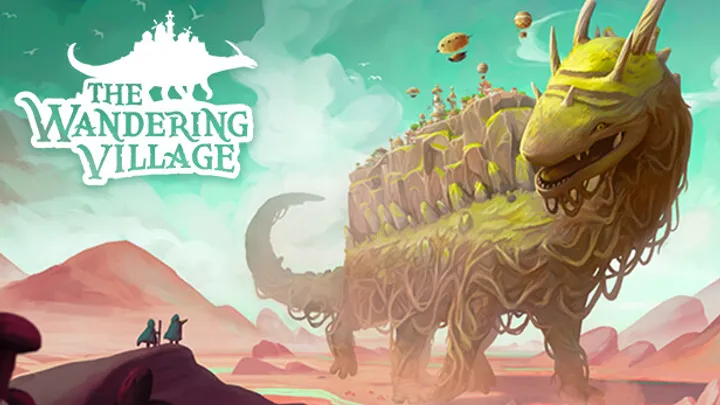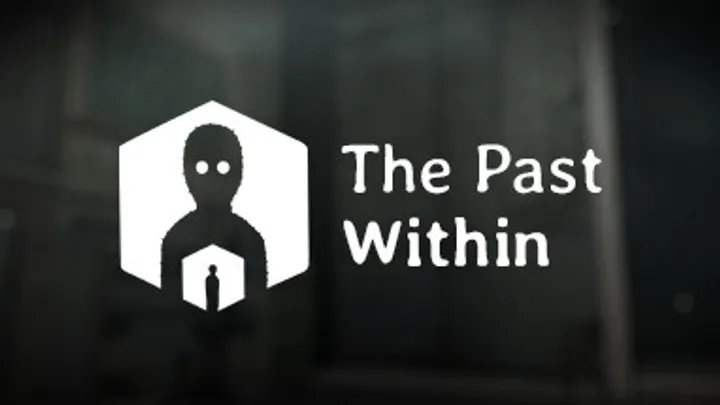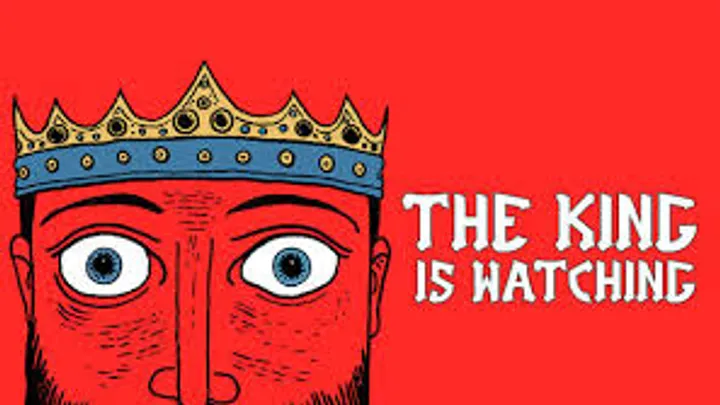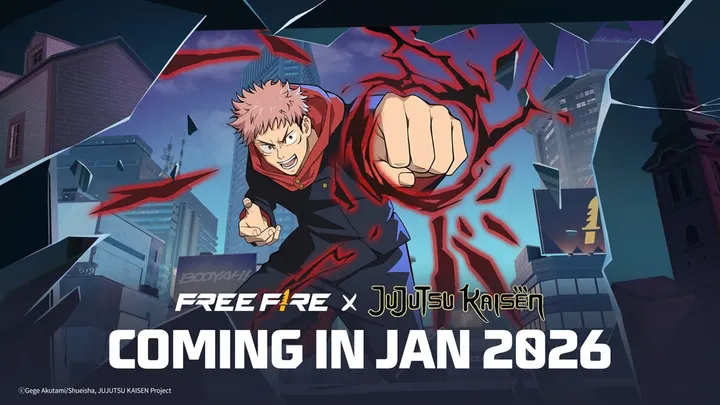Trending Reviews
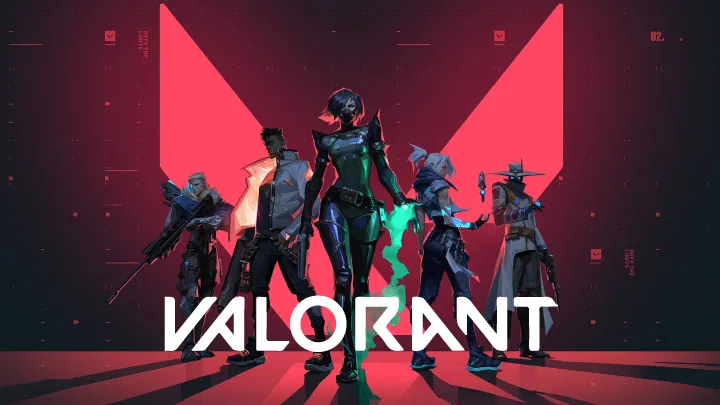
Valorant
Valorant is Riot Games’ bold attempt to redefine the tactical FPS genre — and it has succeeded

Drive Beyond Horizons
Drive Beyond Horizons delivers a rugged survival adventure with its open-world exploration and vehicle customization, celebrating the thrill of the unknown.

Mario & Luigi™: Brothership
Mario & Luigi™: Brothership is a vibrant and engaging role-playing game (RPG) that transports players back to the whimsical world of the Mushroom Kingdom, featuring the iconic duo of Mario and Luigi.
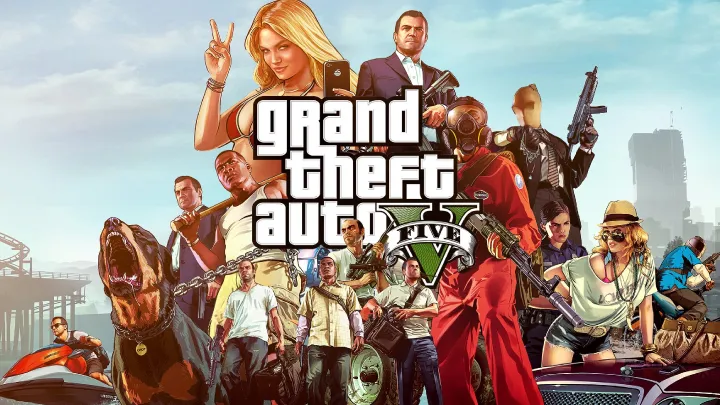
Grand Theft Auto V
Grand Theft Auto V delivers a legendary open-world adventure with its expansive world and cinematic storytelling, celebrating a unique action experience.
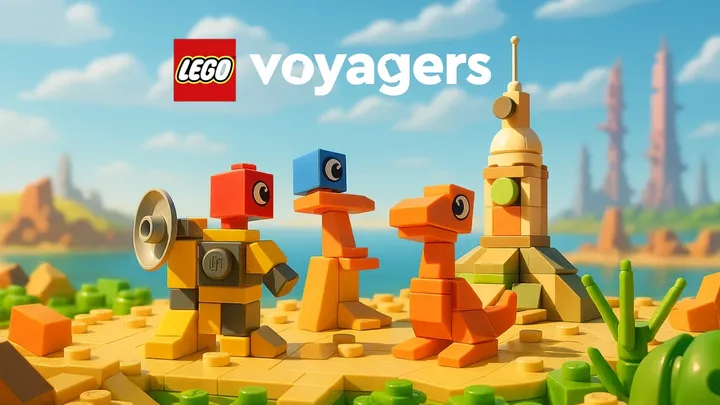
LEGO® Voyagers
LEGO® Voyagers captures the magic of LEGO by blending cooperation, creativity, and humor into a family friendly adventure.
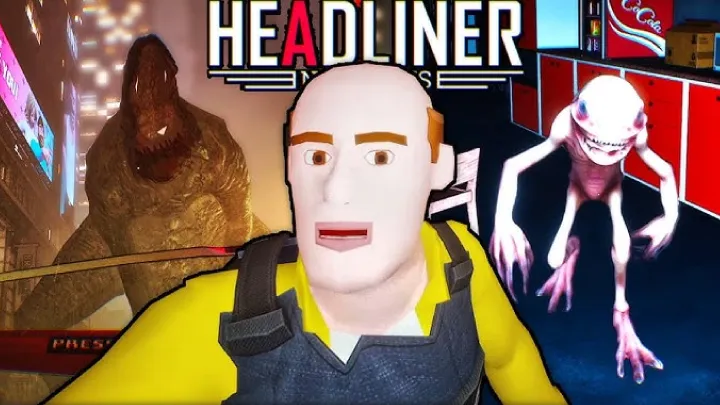
The Headliners
The Headliners delivers a thrilling co-op horror adventure with its dark humor and team-based action, celebrating a unique journalistic twist.
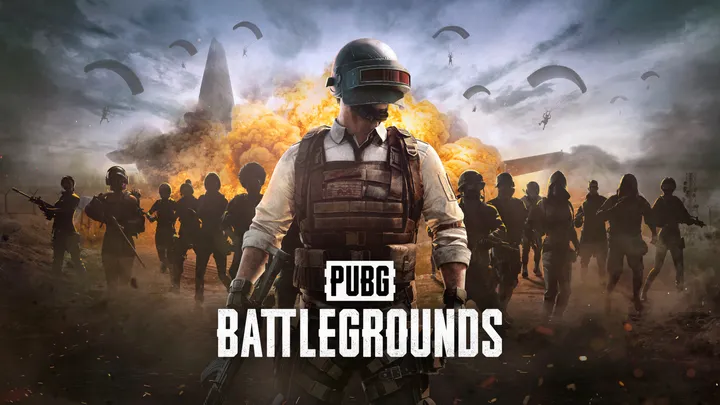
PUBG: BATTLEGROUNDS
PUBG: BATTLEGROUNDS remains a cornerstone of the battle royale genre, combining deep gameplay mechanics, a thriving community, and a commitment to continuous improvement.

Roblox Arsenal
"Roblox Arsenal" is an engaging and entertaining first-person shooter that successfully combines fast-paced action, weapon variety, and competitive gameplay within the vibrant world of Roblox.
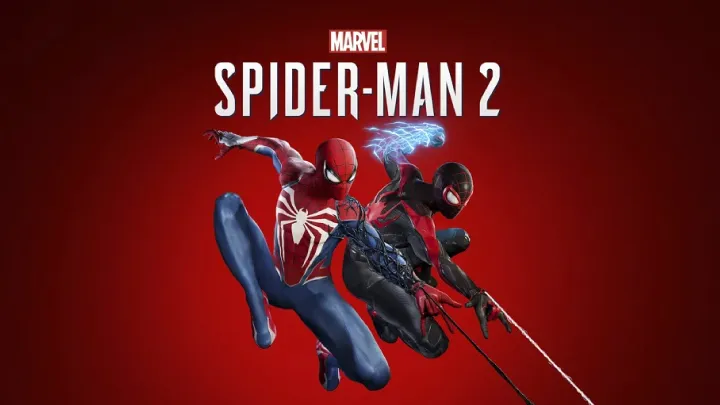
Marvel's Spider-Man 2
Marvel’s Spider-Man 2 is a triumphant step forward for Insomniac and superhero gaming.
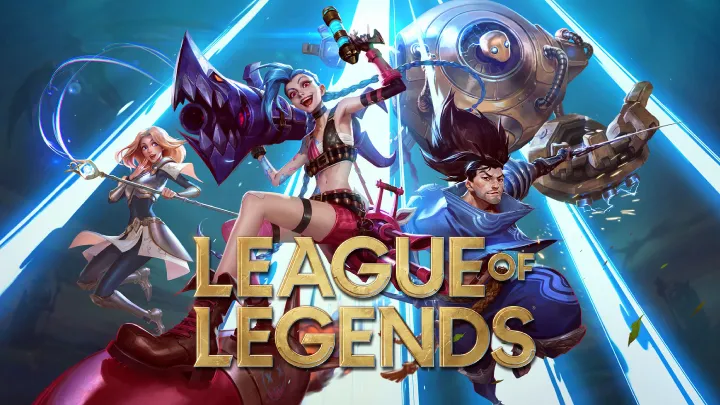
League of Legends
League of Legends is more than a game — it’s a global phenomenon and a living blueprint for sustained multiplayer success
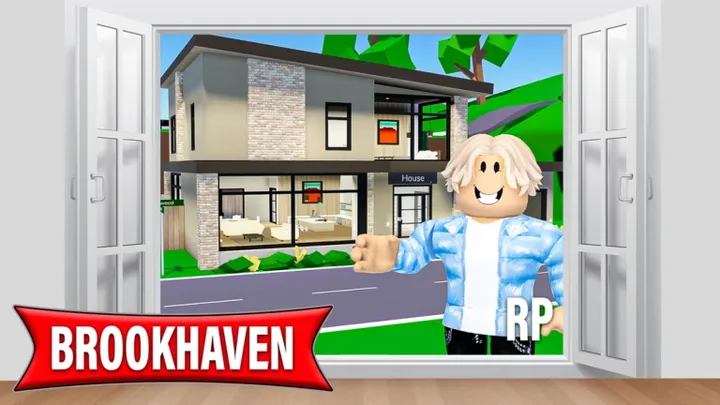
Roblox: Brookhaven
"Brookhaven" is an engaging and immersive multiplayer RPG that successfully combines exploration, social interaction, and customization.
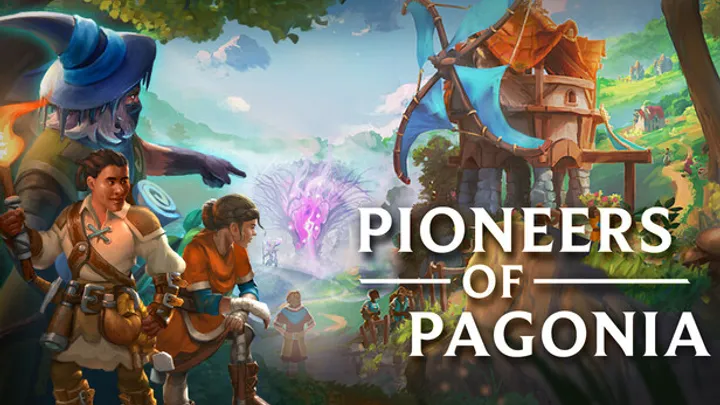
Pioneers of Pagonia
Pioneers of Pagonia stands out as a charming and engaging simulation game that successfully combines exploration, resource management, and community building.
Popular on Blog
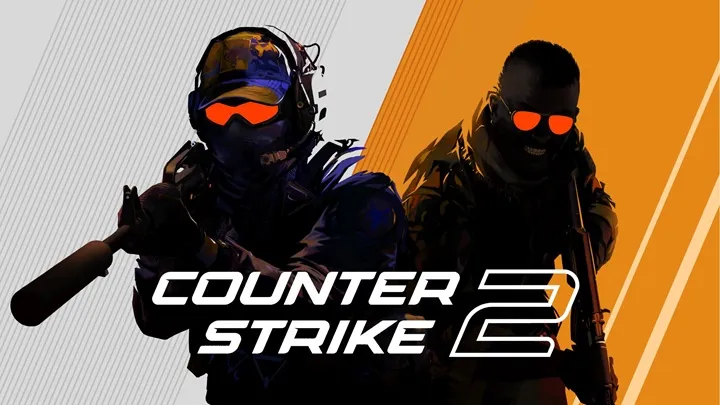
Counter-Strike 2 – The Ultimate Guide to the Hot Game Defining Competitive FPS
Counter-Strike 2 is a hot game built on skill and strategy. Learn how to master gunplay, maps, economy, and teamwork in competitive FPS combat.
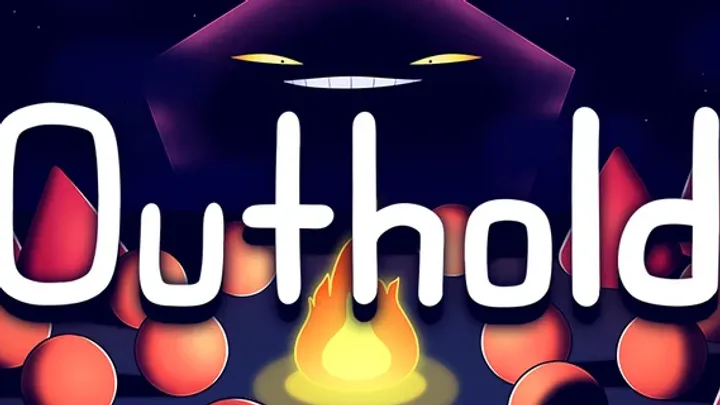
OutHold: The New Standard in Tactical Extraction and Siege Warfare
OutHold, the tactical extraction shooter from Ironclad Dynamics, dominated 2025 with its realistic "siege" mechanics, record Steam launch, and upcoming 2026 console ports.

How to Dominate the Toy World: A Comprehensive Guide to Mastering Sonic Rumble
Master Sonic Rumble by choosing the right class, mastering momentum-based jumping, using homing attacks for shortcuts, and timing Ultimates to win the final round.
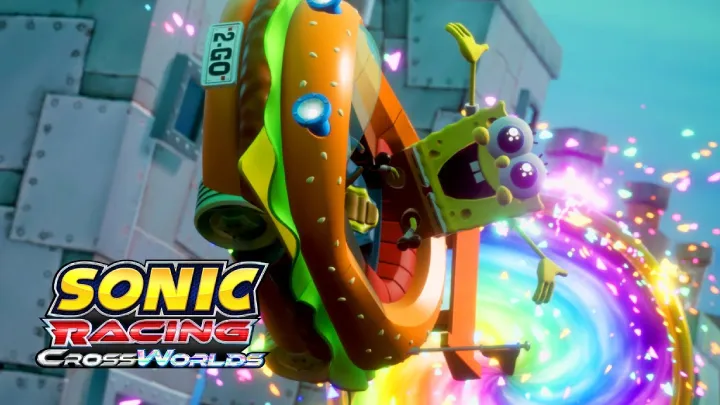
How to Master Sonic Racing Crossworlds: The Ultimate Guide to Interdimensional Speed
Master Sonic Racing Crossworlds by utilizing the Cross-Shift portals, perfecting tiered drifts, and coordinating team Slingshot boosts to dominate across dimensions.
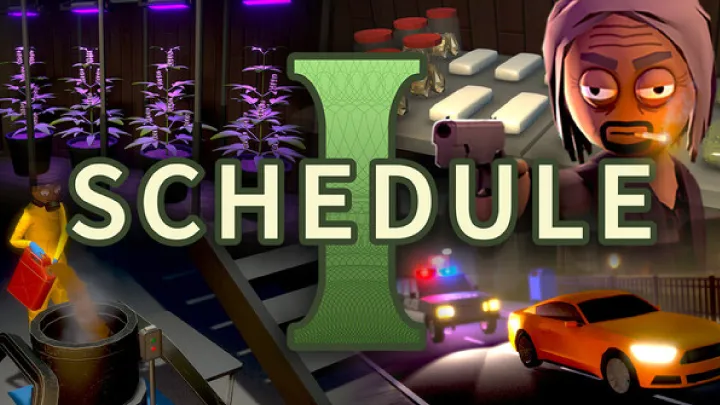
How to Master Schedule I: The Definitive Guide to Tactical Operations and Strategy
Master Schedule I by balancing lab production volatility, managing mission heat with social manipulation, and utilizing agent buffs to dominate the black market.
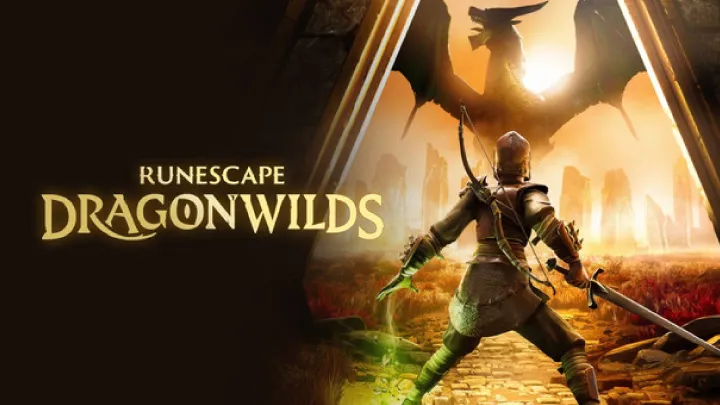
How to Master RuneScape: Dragonwilds – The Ultimate Survival and Conquest Guide
Master RuneScape: Dragonwilds by building Forward Operating Bases, mastering reactive dragonfire shielding, tracking drakes with Hunter, and coordinating world boss raids.
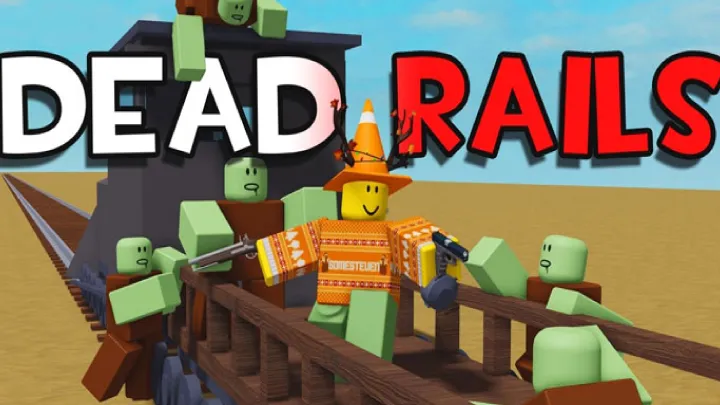
How to Master the Iron Wasteland: A Comprehensive Survival Guide for Roblox: Dead Rails
Master Roblox: Dead Rails by balancing boiler pressure, scavenging coal and scrap, upgrading your train’s hull and turrets, and coordinating roles with your crew.

RimWorld Odyssey: A Comprehensive Guide to Mastering the Ultimate Frontier Expansion
Master RimWorld Odyssey by managing mobile command centers, orbital diplomacy, and Archotech relics to lead your multi-generational colony to galactic ascension.
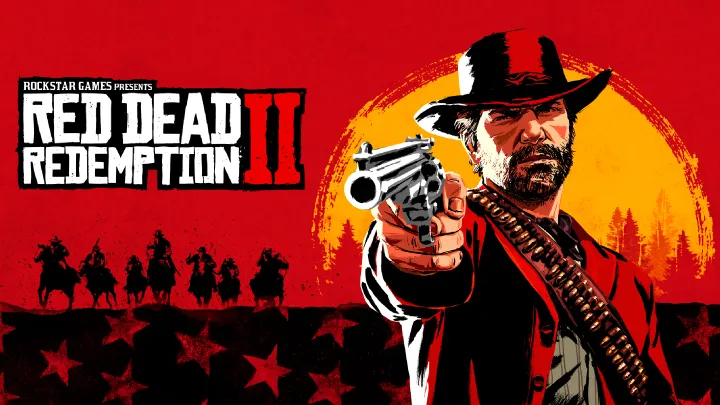
How to Master the Wild West: A Definitive Survival and Progression Guide for Red Dead Redemption 2
Master Red Dead Redemption 2 by managing Cores, bonding with your horse, hunting for perfect pelts, and using Dead Eye and Treasure Maps to become an elite outlaw.

How to Master R.E.P.O.: The Ultimate Guide to Intergalactic Debt Collection
Master R.E.P.O. by managing O2, using the Multi-Tool for extraction, avoiding entities via stealth, and stacking loot near the ship for a fast "Overdrive" escape.

How to Survive Playtime Co.: A Complete Guide to Mastering the Poppy Playtime Universe
Master Poppy Playtime by using the GrabPack for puzzles, sprinting through Huggy Wuggy’s vents, timing the Green Hand, and using the Purple Hand for high jumps.
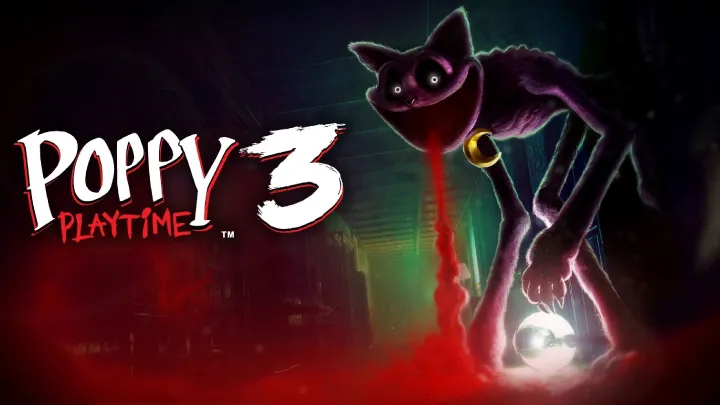
How to Survive the Shadows: The Ultimate Guide to Poppy Playtime – Chapter 3
Survive Chapter 3 by mastering the Gas Mask for Red Smoke areas and the Purple Hand for jumping. Beat Miss Delight with "Red Light/Green Light" stealth, solve the looping Home Sweet Home puzzles, and defeat CatNap by overcharging the power nodes.
